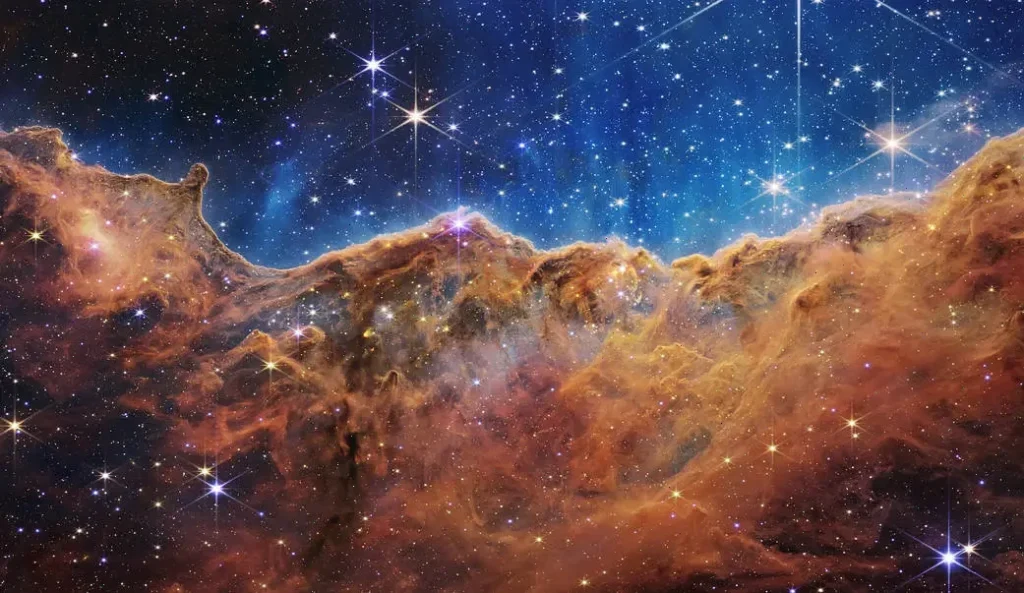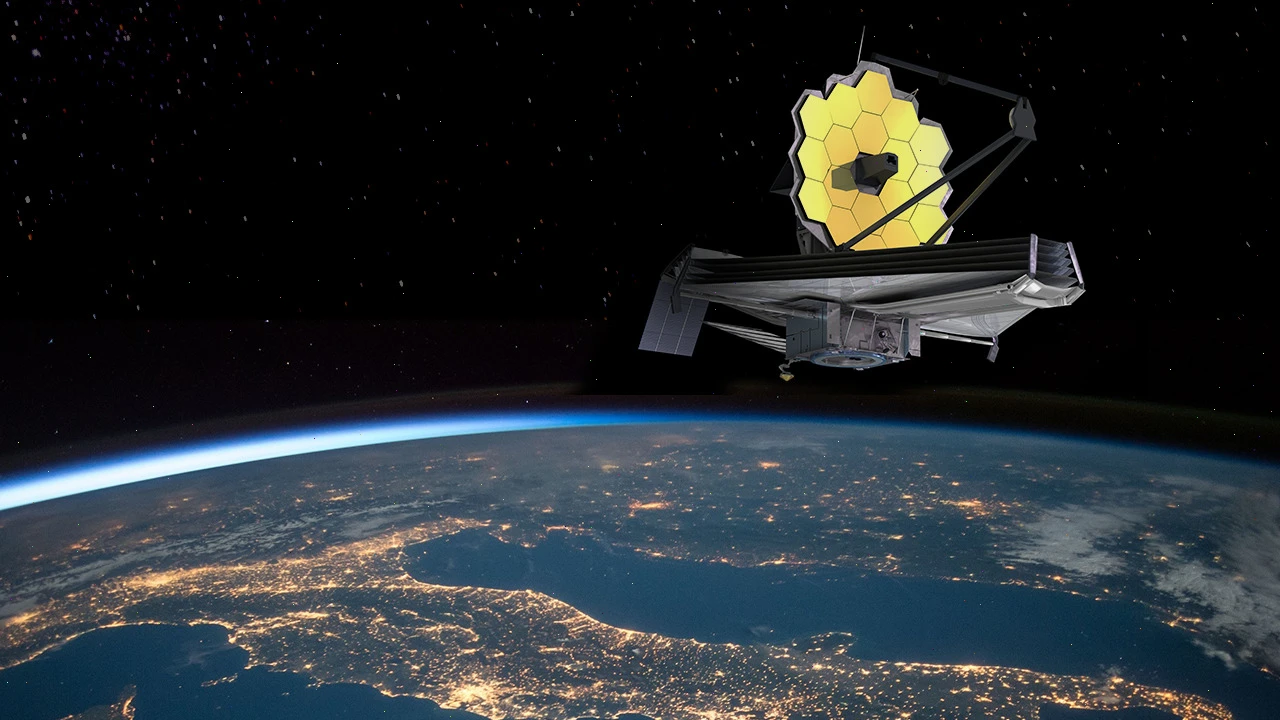In the modern world, space telescopes play a vital role іn advancing astrophysics, cosmology, and planetary science. They allow us tо peer far beyond the limits оf ground-based observatories by overcoming atmospheric distortions and optical limitations. Thanks tо these instruments, scientists have discovered thousands оf exoplanets and reconstructed the early formation history оf stars and galaxies.
The James Webb Space Telescope (JWST) іs the largest and most advanced space telescope ever launched. Far more than a successor tо the legendary Hubble Space Telescope, JWST іs a completely new observatory, engineered tо observe the infrared universe and unlock scientific frontiers that were previously unreachable.
Founders and Organizations Behind the Project
The James Webb Space Telescope (JWST) іs a result оf long-term collaboration between NASA (USA), ESA (European Space Agency), and CSA (Canadian Space Agency). Work began іn 1996 under the name Next Generation Space Telescope (NGST).
Although JWST has no single founder, key contributors include:
- James E. Webb (1906–1992) – NASA’s second administrator, who led the agency during the Apollo program. The telescope is named in his honor.
- John Mather – Senior project scientist and Nobel Laureate in Physics for his work on the cosmic microwave background.
- Northrop Grumman – The prime contractor responsible for engineering and assembly.
- ESA and CSA provided crucial scientific instruments such as the NIRSpec spectrograph and FGS/NIRISS sensor.
Design and Technical Architecture
Optical System:
- Primary Mirror: 6.5 meters in diameter, composed of 18 hexagonal segments made of beryllium and coated with gold (~100 nanometers thick), optimized for infrared reflectivity.
- Secondary Mirror: Mounted on a tripod, reflects light into the telescope’s instrument module.
Sunshield:
- Five-layer shield made from Kapton, coated with aluminum and doped silicon.
- Each layer helps reduce heat and light from the Sun, Earth, and Moon.
- The shield is the size of a tennis court (21 × 14 meters) and keeps the instruments at a temperature of ~40 K (~−233 °C).
Scientific Instruments:
| Instrument | Function | Wavelength Range |
| NIRCam | Main camera, maps early galaxies | 0.6–5 microns |
| NIRSpec | Spectroscopy of up to 100 objects at once | 0.6–5 microns |
| MIRI | Mid-infrared camera and spectrometer | 5–28 microns |
| FGS/NIRISS | Guidance and exoplanet spectroscopy | 0.8–5 microns |
MIRI is actively cooled to ~6.7 K using a cryocooler, while the other instruments are passively cooled.
Orbit and Positioning:
- JWST orbits around the second Lagrange point (L2) — a stable gravitational point located 1.5 million km from Earth, opposite the Sun.
- This orbit provides a cold and stable environment ideal for infrared observations and eliminates Earth’s infrared interference.
Comparison With the Hubble Space Telescope
| Feature | JWST (2021) | Hubble (1990) |
| Primary Mirror Diameter | 6.5 meters | 2.4 meters |
| Operational Spectrum | Infrared (0.6–28 μm) | UV, visible, near-IR |
| Instrument Temperature | ~40 K (MIRI: ~6.7 K) | ~290 K |
| Orbit | L2 (1.5 million km from Earth) | Low Earth orbit (~550 km) |
| Angular Resolution | ~0.1 arcsec at 2 μm | ~0.1 arcsec at 0.5 μm |
| Mass | 6.2 tons | 11 tons |
| Servicing Capability | No (non-serviceable) | Yes (shuttle missions) |
| Estimated Cost | ~$10 billion | ~$2.5 billion (1990s USD) |
Scientific Goals and Early Discoveries

JWST was designed to tackle some of the most fundamental questions in astronomy and cosmology:
- Explore the earliest galaxies and stars — observing objects that formed just ~200 million years after the Big Bang.
- Analyze exoplanet atmospheres — identifying molecular signatures such as water vapor, carbon dioxide, and methane that may indicate habitability.
- Study stellar and planetary system formation — seeing through dust clouds in the infrared spectrum.
- Understand galaxy and black hole evolution — revealing internal structures and elemental composition in early galaxies.
Examples of Early Breakthroughs:
- Image of SMACS 0723 — the deepest infrared image of the universe ever taken.
- Spectroscopy of exoplanet WASP-96b — detection of water vapor.
- High-resolution views of stellar nurseries — including the Pillars of Creation, Southern Ring Nebula, and Carina Nebula.
Conclusion
JWST is more than just another telescope — it’s a technological masterpiece enabling humanity to peer deeper into space and time than ever before. Its mission is to uncover the secrets of star and galaxy formation, planetary systems, and the very origin of the universe. And judging by its first results, it’s already fulfilling that promise with astounding success.

